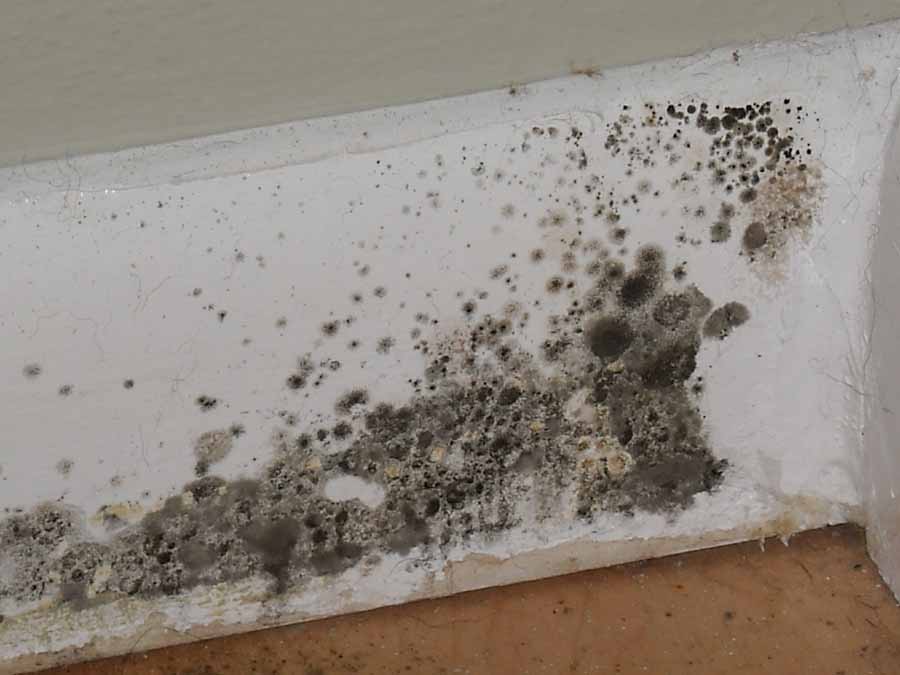Effective techniques and prevention tips from mold removal company in Toronto
Mold is the entity having multicellular fungal filaments. Mold is the toxic organism causing damage to several materials and contamination of food. It results in loss of property and health hazard. We know that the molds grow in moist and humid places. Wherever the bit of moisture found, the mold and mildew will take less than 48 hours to thrive and spread. The spread of mold is much quicker as its spores are light and spread with the flow of air. It can contaminate each and everything in your home, such as clothes, furniture, carpets, rugs, and any other item. We all are aware of the harmful health hazards of mold at our homes or offices. There are too many diseases and respiratory disorders associated with mold. Therefore, it is essential to remove mold effectively and further adapt to things to avoid later mold growth.
Mold removal techniques used by professionals
Here we will discuss some of the modern techniques used by experts and professional restoration services to remove mold and mildew effectively.
1. Abrasive blasting
Abrasive blasting involves the use of high-pressure air blasting to remove and clean the course and abrasive surface damaged from the mold. It is considered an eco-friendly technique as there are no chemicals involved and no secondary production of toxic chemicals occurred. The dry ice blasting and soda blasting are the effective types of abrasive blasting.
2. HEPA Vacuuming
HEPA vacuuming is the technique used by professionals for complete removal of mold and fungus and is often used after the abrasive blasting with deodorization process. With the abrasive blasting treatment, the spores of the mold removed from hidden spaces become airborne and spread throughout the surfaces. HEPA vacuuming is used to remove that airborne fungus and mold spores if remains unattended can lead to serious threats. Commercial professionals utilize HEPA filters in the deodorization process to remove invisible molds and unpleasant odor from surfaces and air.
3. Sanding
The wood retains most of the moisture and humidity in the air. It creates a perfect environment for the survival and growth of molds. Wood surfaces if not cleaned properly, can lead to excessive mold growth. The abrasive blasting cannot be used in case of wood as the process can be too harsh especially when dry rot has developed on wood. In such situations, the experts remove mold by sanding process.
4. Mold damage cleaning
The mold damage cleaning is carried out by professionals to clan any particular area of the building contaminated with molds and mildews. The expert team cleans up the whole building to get rid of all the spores in the surrounding air. Sanding is followed by encapsulation and application of sealant to prevent the growth of mold again. Sanding accompanies with a lot of mold spores in the surrounding air, hence requiring vacuum pumping to eliminate all the airborne mold spores and dry rot.
How to prevent mold?
1. The mold growth can be prevented by following simple tips to stay safe from harmful and destructive consequences. There are many things you can do for such a purpose. Some are:
2. Keep all the furniture and anything made up of wood, completely dry and keep a check on all the stored items that they are placed and stored appropriately.
3. Use mold resistant paints and drywall material especially in places where the water presence is obvious such as kitchen and bathroom.
4. Prevent the entry of water damage to home through external sources by waterproofing the home. Fix any crack or fissure in the roof and drains in the foundation.
5. Allow complete drying of framing as the mold can start growing on wet surfaces.
6. Take benefits from new methods and technologies given by the government to stay up to date about mold removal.
7. Proper ventilation of home to allow fresh air flow to reduce humidity, moisture content, and odor. Windows should be opened for ventilation if there is no window at home fans can be used to prevent mold growth on hidden spaces such as behind the walls.
8. Must address the cracks and fissures in the foundation to eliminate molds and fungus and prevention of later growth. Even small cracks which we may ignore can be the best home for mold and mildews to grow.
9. Heating, ventilation and air conditioning system must be kept free of molds by regular and proper cleaning. Most of the growth of mold is in hidden places such as air ducts and pipes of the HVAC system. Proper and regular inspection, maintenance and deodorization must be done to stop mold growth.


Recent Comments